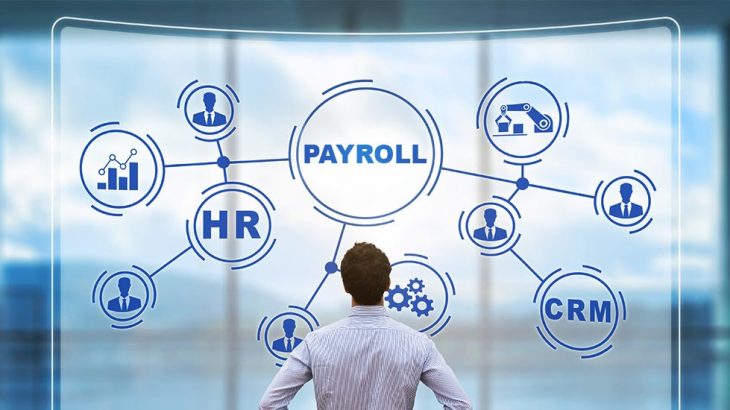In many small businesses, payroll and human resources (HR) operate as separate departments, each maintaining its own set of records. While keeping these functions distinct is common, integrating HR and payroll databases – or consolidating the data systems they rely on – can provide several advantages. This approach isn’t strictly “right” or “wrong,” but it can offer meaningful benefits for small businesses looking to optimize efficiency and accuracy.
Also Read: Professional in Human Resources (PHR)
Time Savings
One of the most significant advantages of database integration is the potential to save time. Instead of multiple employees entering the same data in different systems, a single entry can serve both HR and payroll needs. According to Check Point HR, businesses that streamline these processes have reported up to 40 fewer administrative hours per week. By reducing repetitive tasks, employees can focus on higher-value responsibilities, improving overall productivity.
Data Consolidation
Integrating databases also centralizes information, creating a unified platform accessible to both HR and payroll teams. Consolidated data can include employee vacation and sick leave balances, payroll records, insurance updates, and other benefits information. Allowing employees to access this information directly online can significantly reduce administrative workload. Check Point HR notes that such integration can cut HR and payroll processing efforts by as much as 80%.
Improved Accuracy
Multiple points of data entry increase the risk of errors, which can affect both HR and payroll operations. Mistakes in employee records or payroll calculations can lead to costly corrections and compliance issues. By unifying the data platform and assigning responsibility for data entry to designated personnel, businesses can reduce errors and ensure consistent, accurate information across both departments.
Less Paperwork
Integration also minimizes paperwork. Maintaining separate databases often results in redundant documents and repeated data entry. Consolidating HR and payroll information streamlines reporting and record-keeping, cutting down on costs and reducing the likelihood of mistakes. Fewer documents mean less administrative burden and a more organized, efficient workflow.
Conclusion
For small businesses, integrating HR and payroll databases offers a practical way to enhance efficiency, improve accuracy, and reduce administrative workload. While it may require an initial investment in systems and training, the long-term benefits – time savings, consolidated data, fewer errors, and less paperwork – can make a significant impact on organizational productivity.








